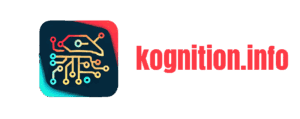Campaign Performance Monitoring AI Agent
Building “Cameron,” the Campaign Performance Monitoring Agent Define Project Scope Cameron’s key objectives: Track real-time marketing campaign metrics (CTR, CPC, ROI, etc.) across platforms. Analyze performance trends to identify underperforming or high-performing campaigns. Automatically adjust budgets to optimize ad spend. Refine targeting strategies to maximize ROI. Generate performance dashboards to summarize campaign results for stakeholders. […]
Campaign Performance Monitoring AI Agent Read Post »
